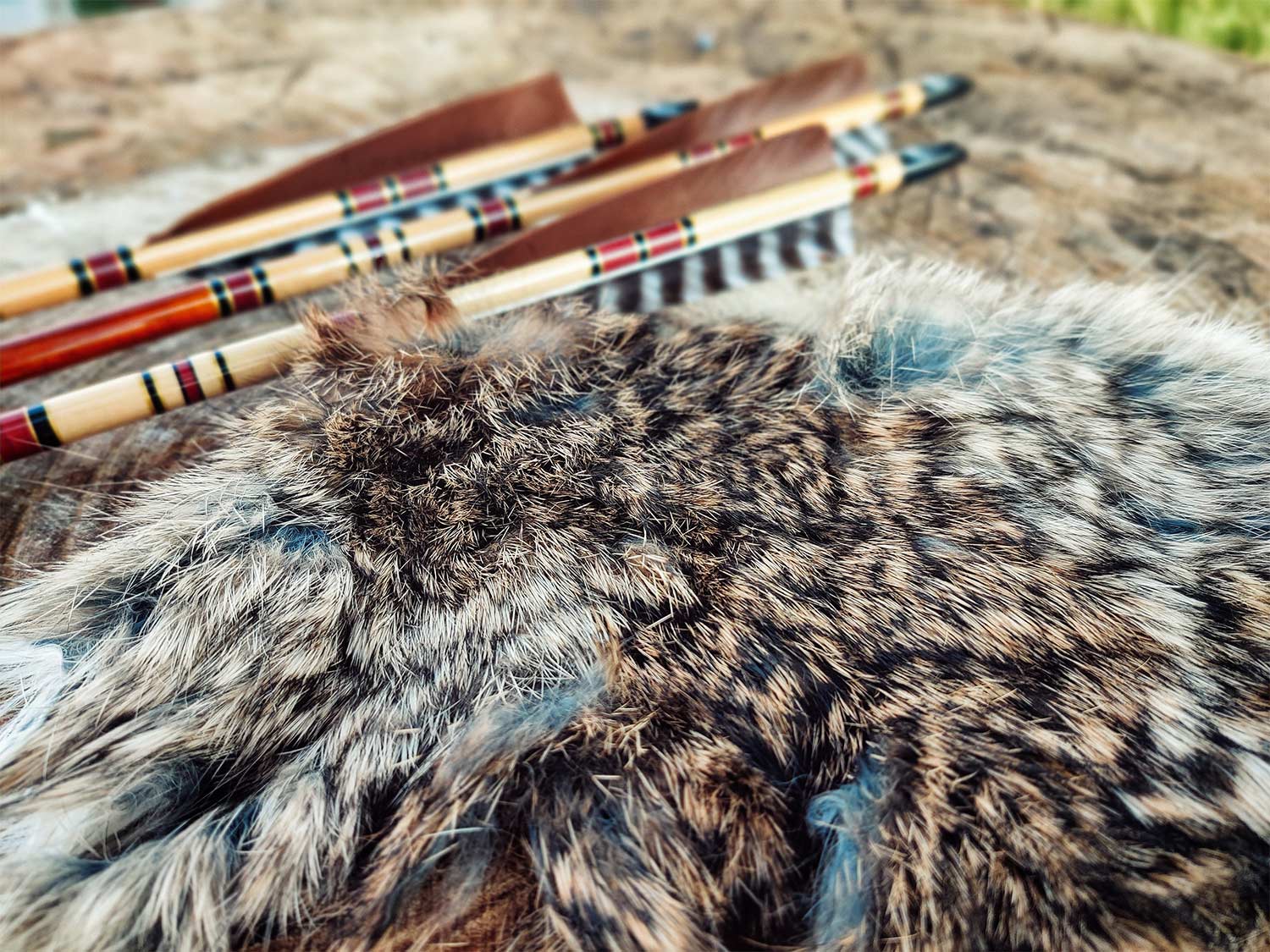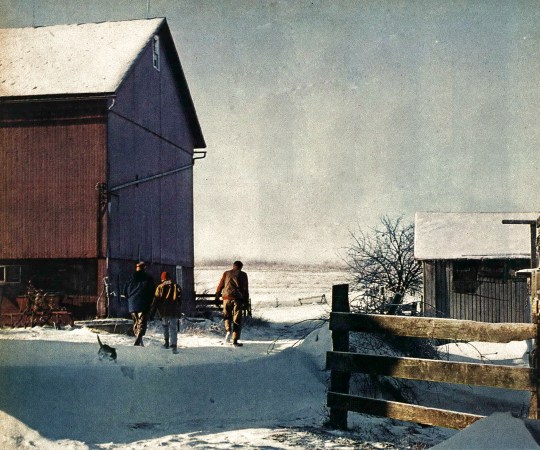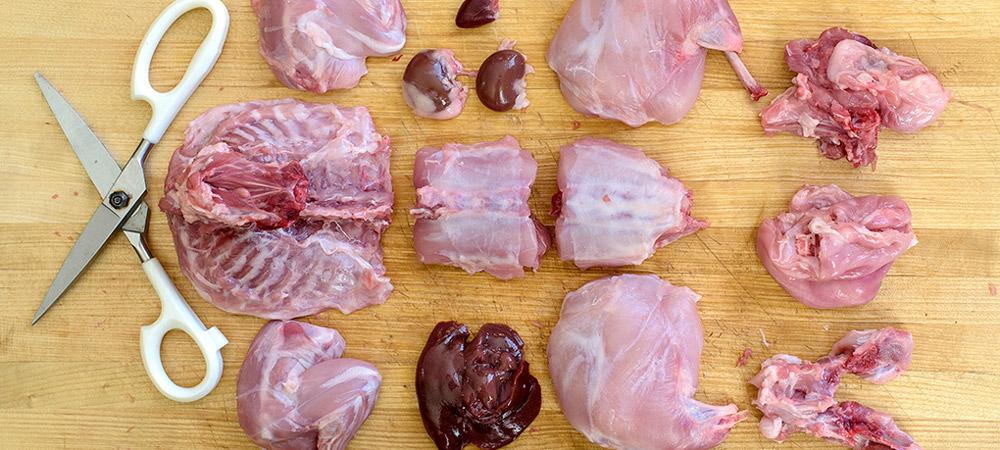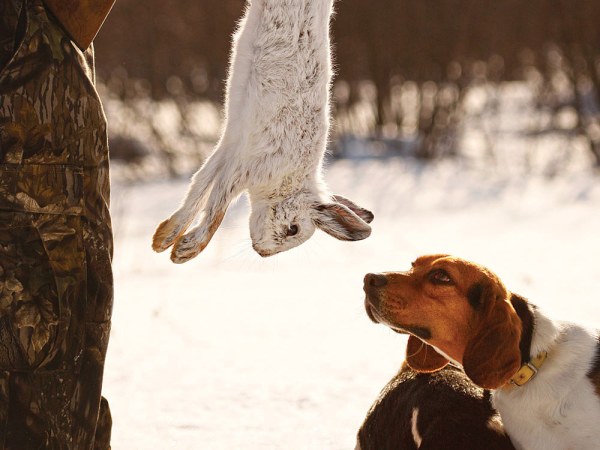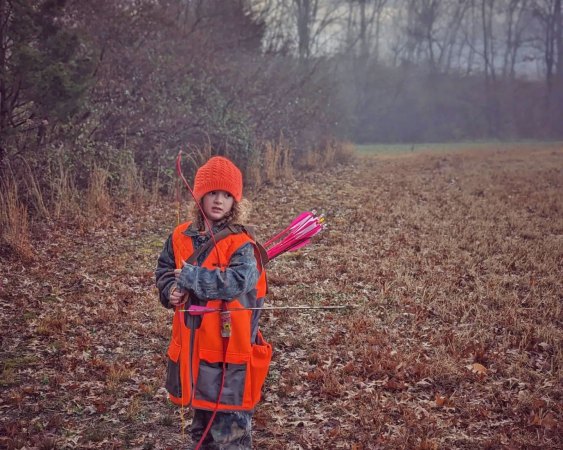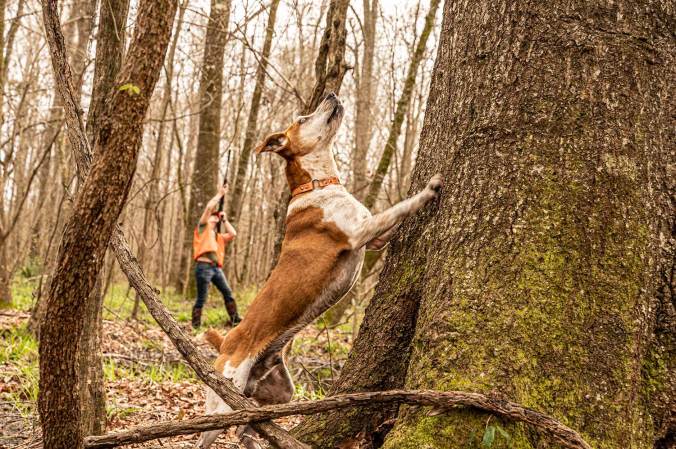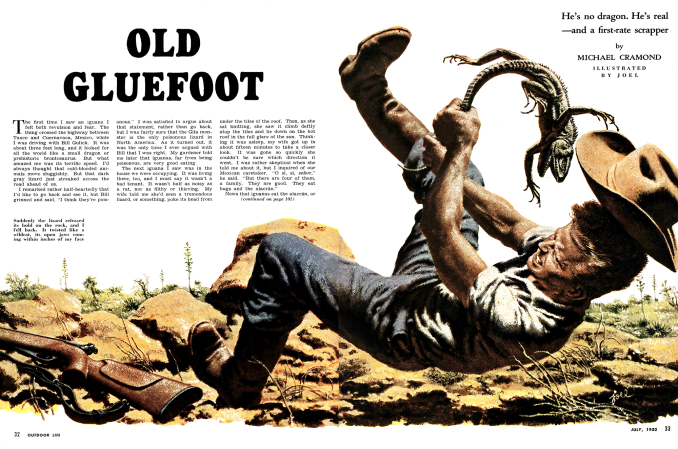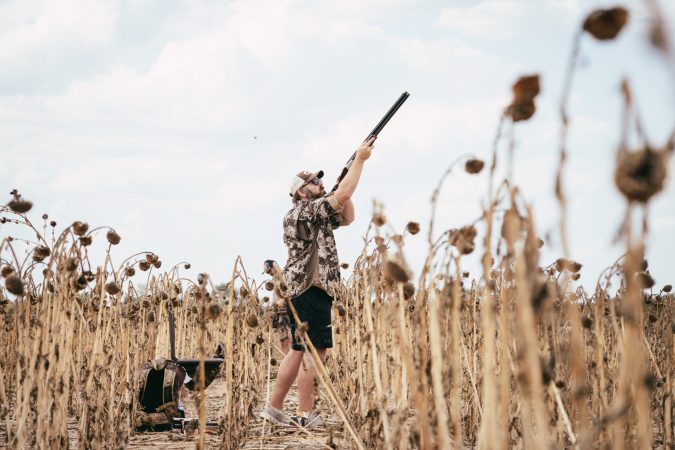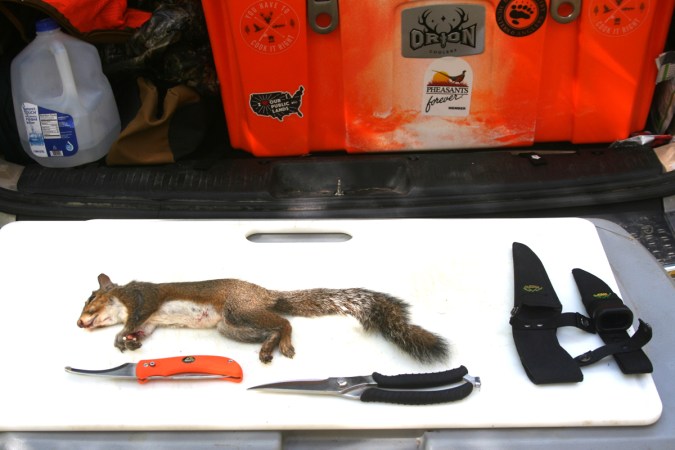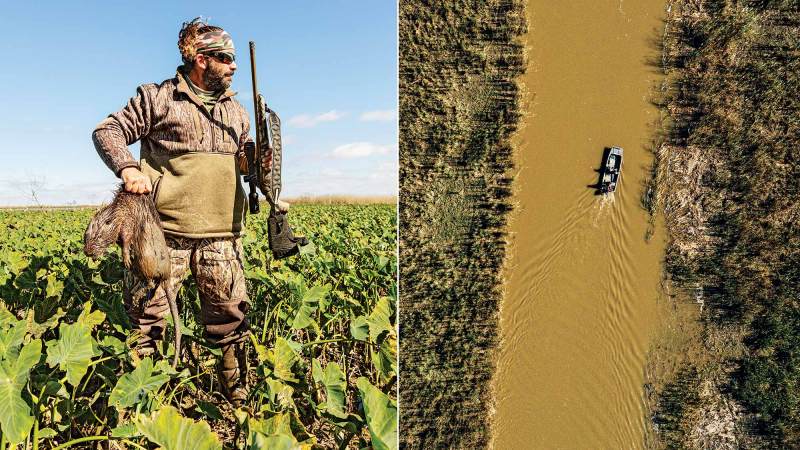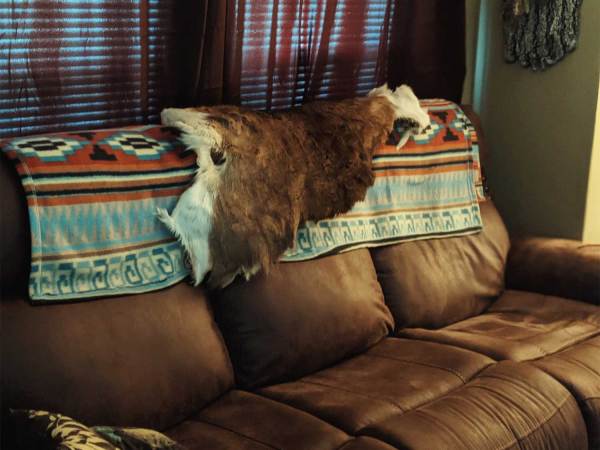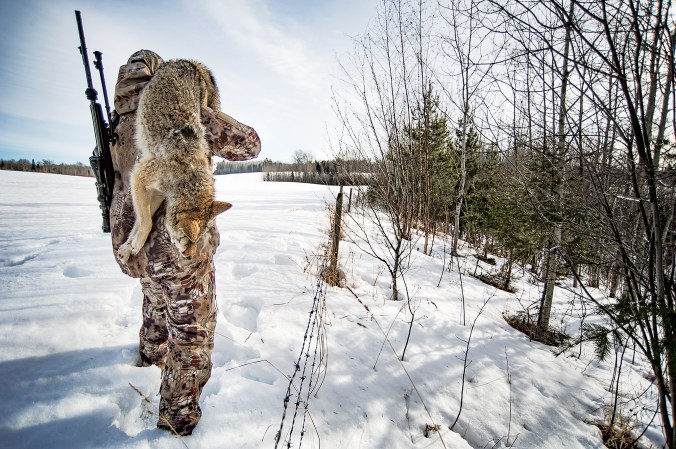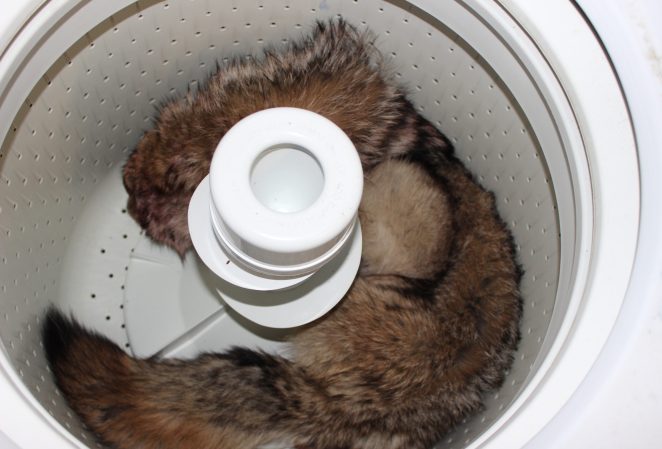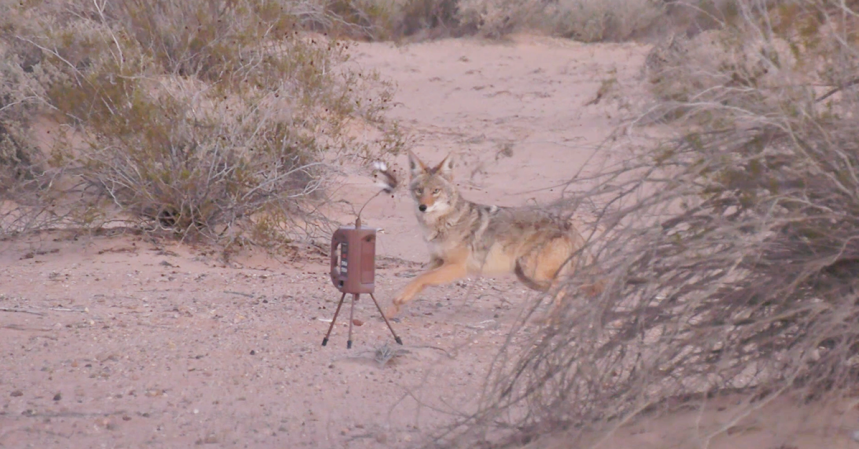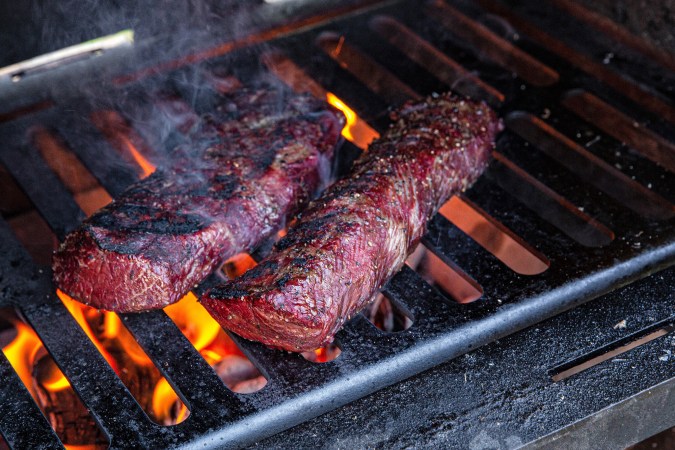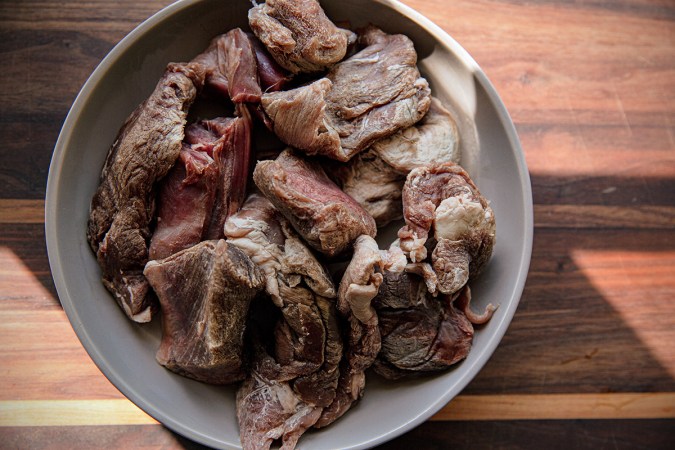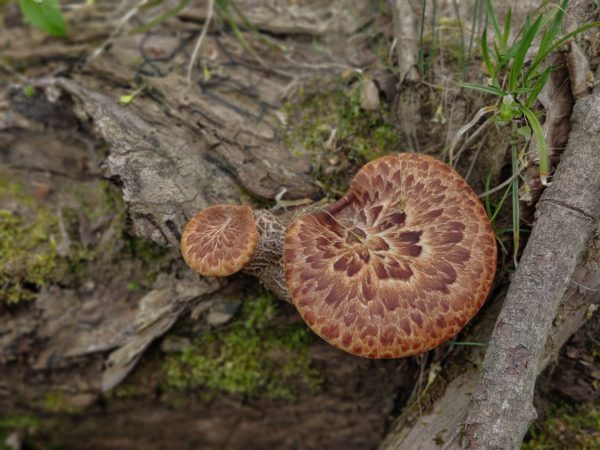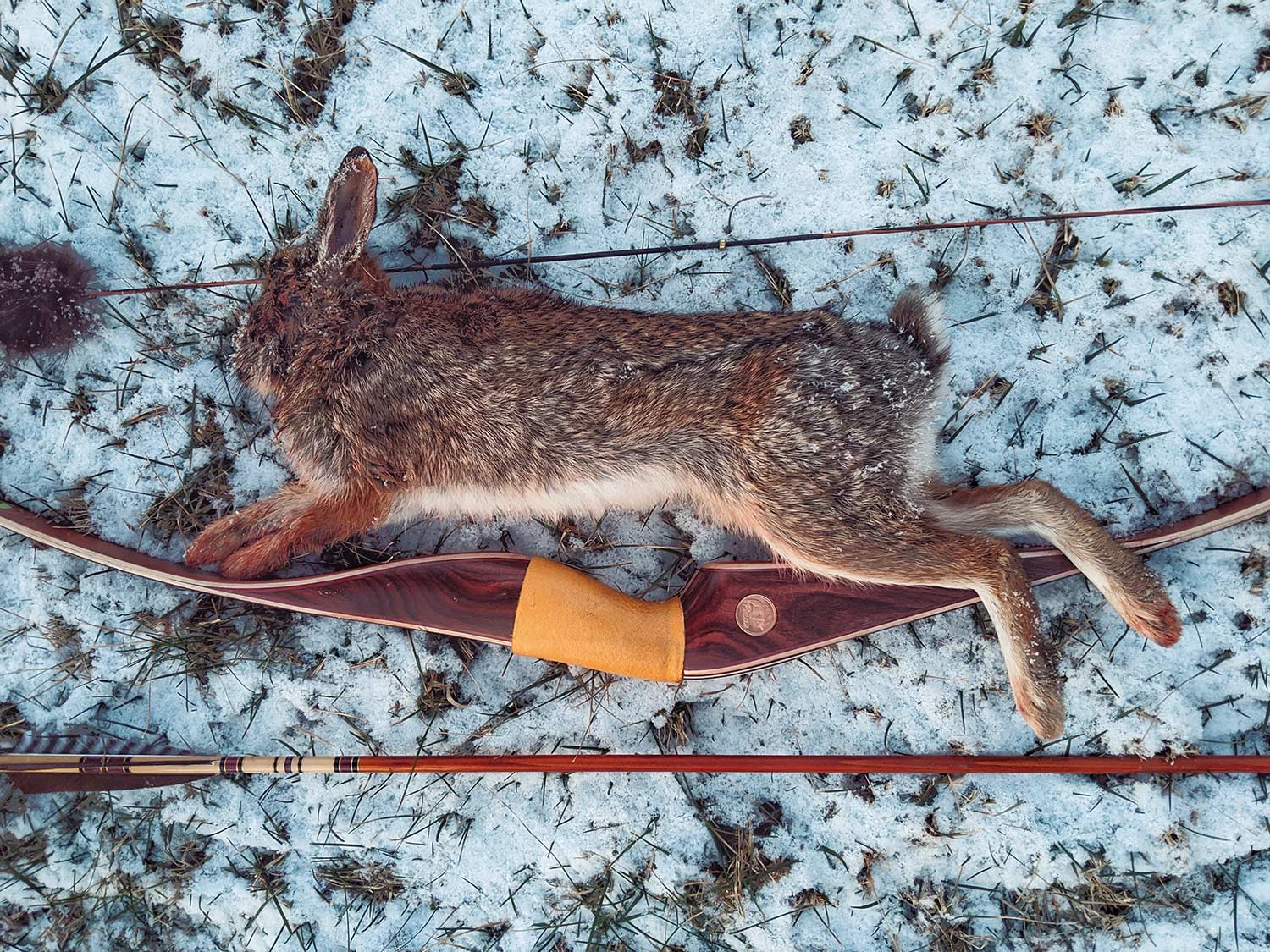
During the cold winter months, rabbit hunting is one of my favorite things to do. Especially right after a fresh snow—there’s nothing like flinging arrows at cottontails.
Rabbit fur is incredibly soft and beautiful when it’s prime, and at the beginning of rabbit season this year I decided to start saving my rabbit hides to eventually make a blanket.
I knew that it would take quite a few rabbit pelts to create a blanket for anyone other than a baby, and sending them away to be professionally tanned would cost more than I wanted to spend. So, I decided to tan the rabbit hides on my own.
I have tanned several deer hides, squirrels, fox, coyote, and mink. Rabbit, however, is a completely different story. If you’ve ever skinned a cottontail rabbit, you’ll know that their hides are the “tissue paper” of furbearing animals. Their skin is so thin and delicate that you can easily skin them without using a knife.
There are many ways to tan animal hides, and it can be overwhelming. Even once you decide on a specific method, there are various ways to approach it. After several nights of scouring the internet, including many taxidermy sites, I discovered a method called soap tanning that looked like it might work for rabbits. All the instructions I found were vague, but the process seemed simple enough. Not only does this method use simple household items, but it’s free of harsh chemicals. That means it’s safe to do indoors, and with small children and animals around.
Related: How to Butcher a Rabbit
The whole process, excluding the drying, only took me about an hour from start to finish. It was very simple, and the hide came out beautifully. So, don’t toss those bunny furs next time you bag a few—save and tan them! You can tan the hides fresh, or put them in a Ziploc bag and freeze them until you’re ready to start the process. Thaw 24 hours prior to tanning.
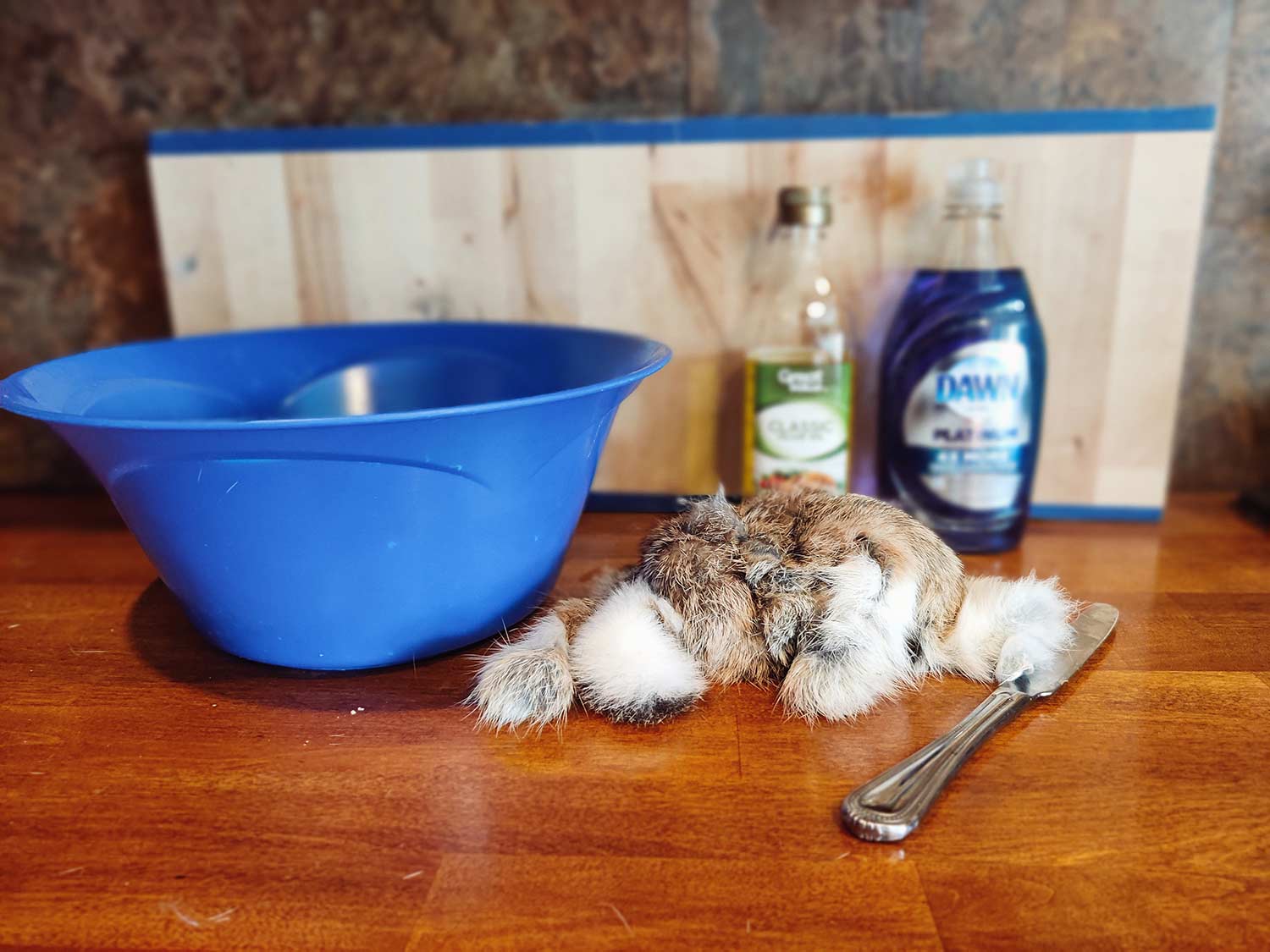
Supplies needed:
- Rabbit pelt
- 1 bottle of dish soap (generic is fine, I used Dawn)
- Olive oil
- Several large clean bowls or buckets
- Pot to boil water
- Dull knife, such as a butter knife
- A board slightly larger than the rabbit hide
- Thumb tacks or small nails, and a hammer
- Sewing needle and thread
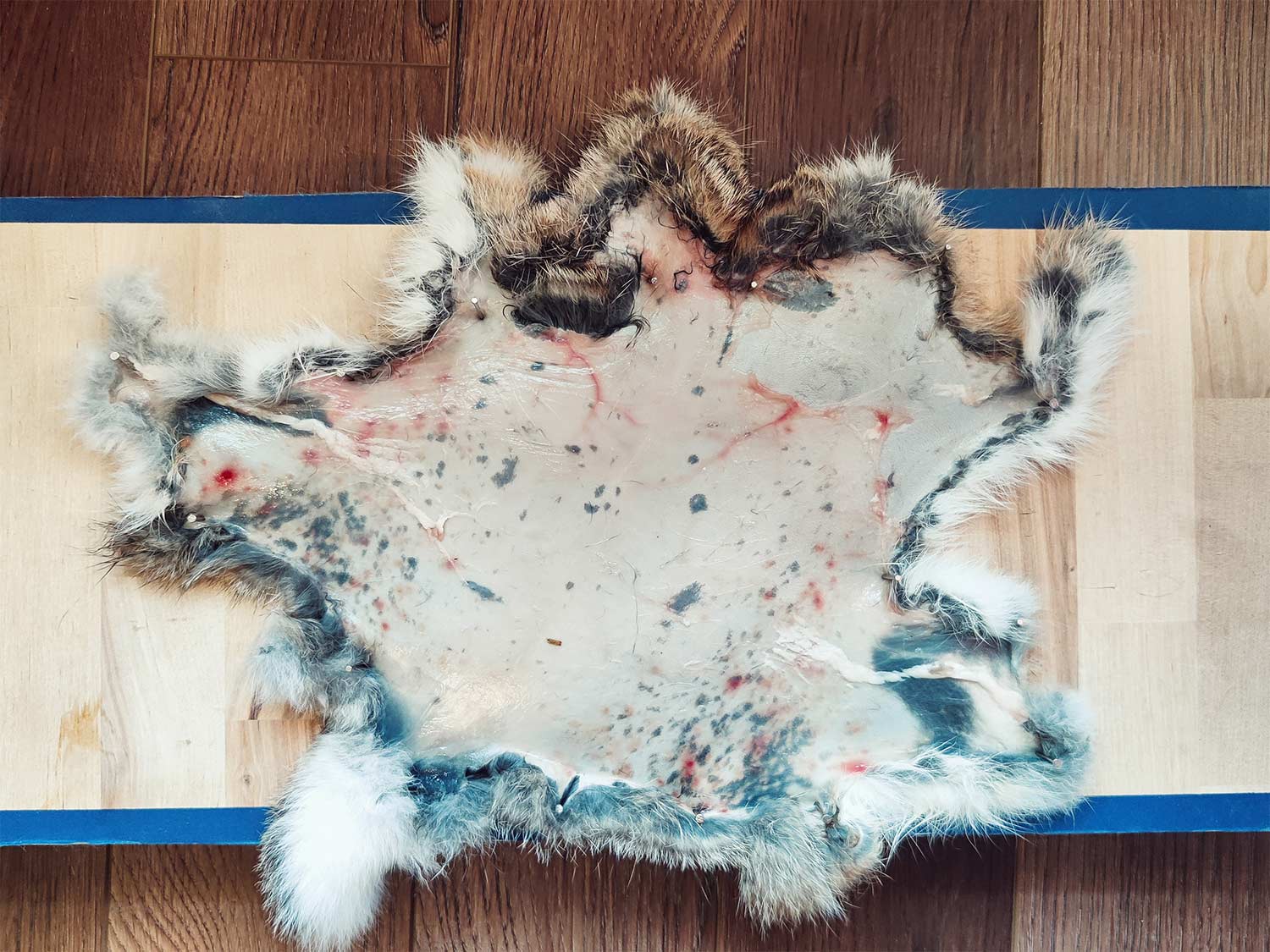
Step 1: Fleshing
The first step is probably the most difficult step because, as I noted above, rabbit hide is very thin and tears easily. Most hides are fleshed with a fleshing tool, but that doesn’t work for rabbit hides as it would destroy the thin skin. Working slowly is the best way to avoid tears, but if you do end up tearing the hide, it can be fixed later.
Place the hide fur-side down, flesh-side up on your board. Using the tacks (or nails, like I did) pin the rabbit hide to the board. You’ll want the hide to be taut, but don’t try to stretch it too much. Your hide may be an odd shape, but that’s okay. That will be fixed later, and it’s better to leave it oddly shaped for now.
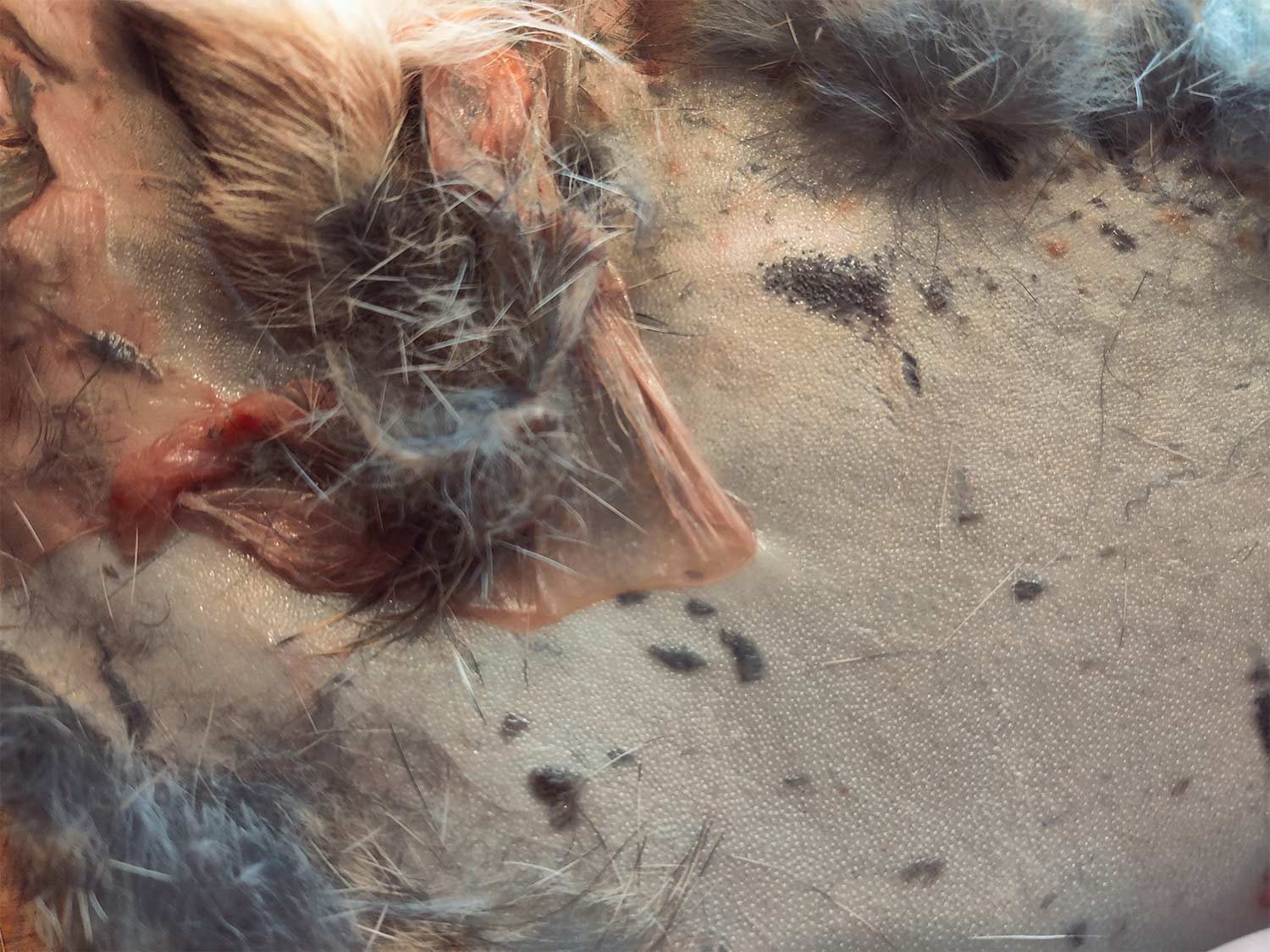
Once the hide is in place, use the flat side of a butter knife to gently scrape up the layer of flesh from the hide. The flesh will be slightly pink, and the hide underneath will be black and white. Hold the knife horizontal, keeping it as parallel to the hide as much as possible.
Once you’ve scraped enough away, you can grab the flesh with your hands and slowly peel it back from the hide, a little at a time to prevent tearing. Once you do this a few times, this goes fairly quickly. Be extra careful around holes in the hide that have been left behind from bullets or broadheads.
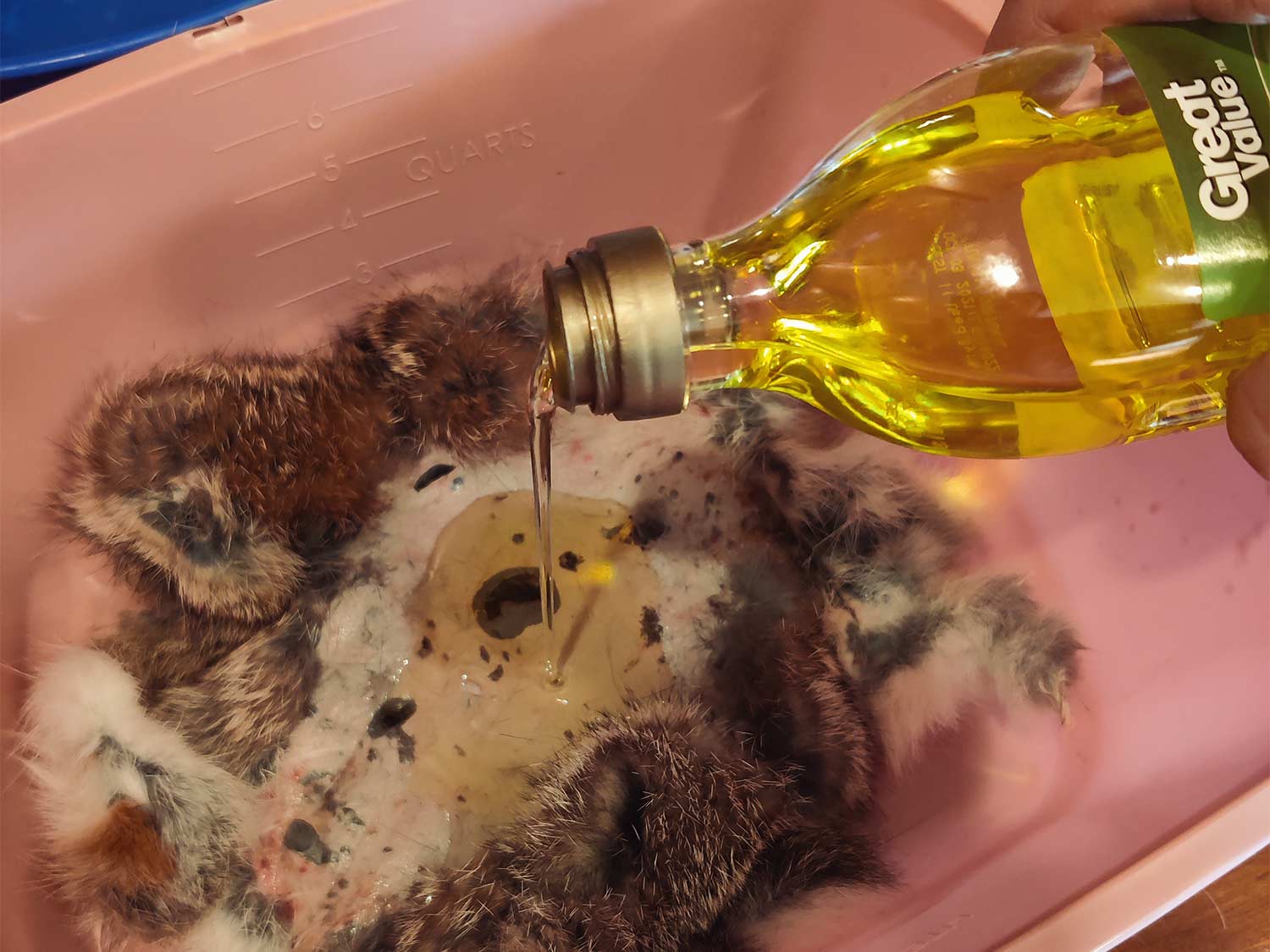
Step 2: Oil
Once all the flesh has been peeled from the hide, remove the nails from the hide, and remove the hide from the board.
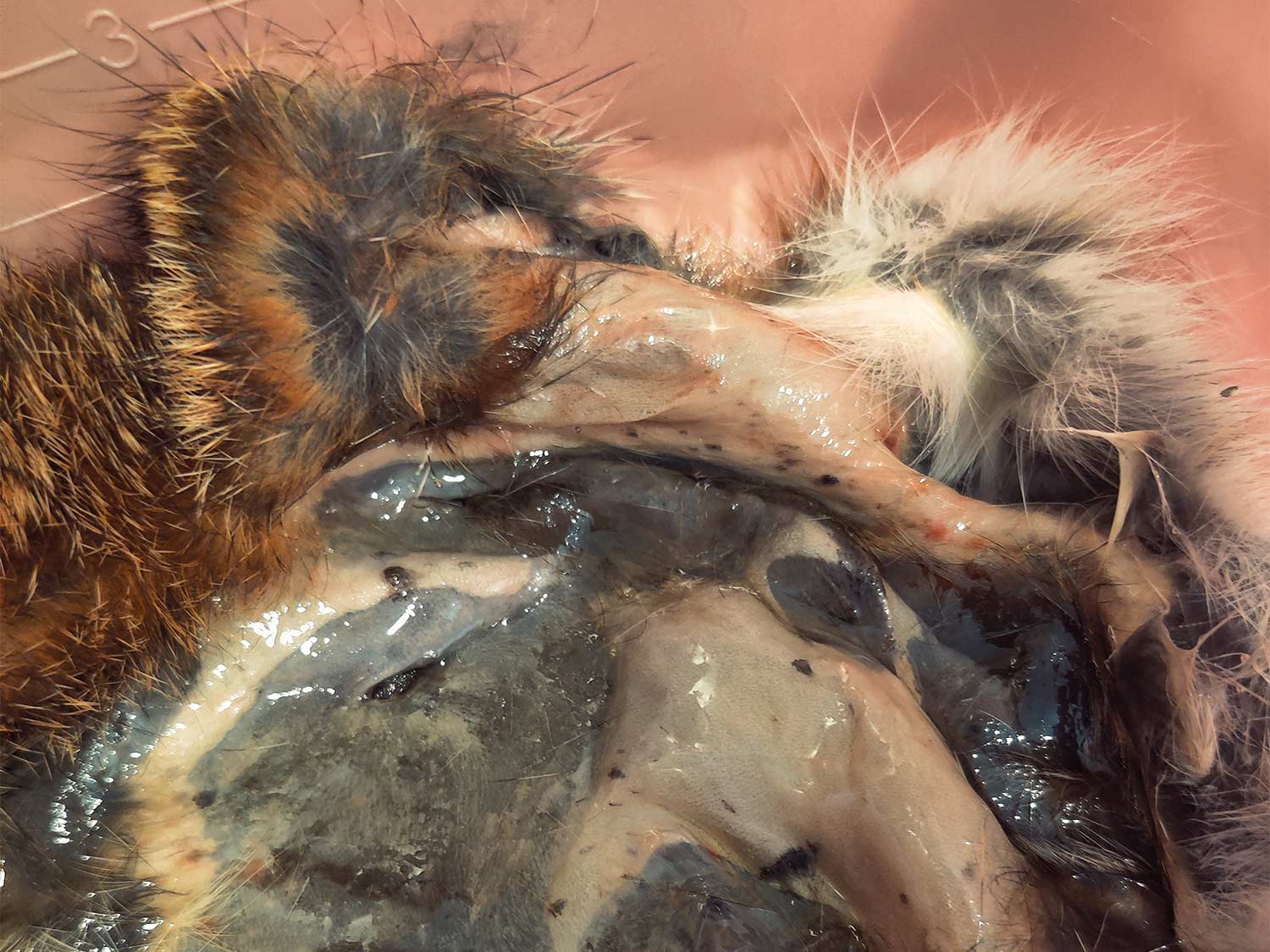
Place the hide in a clean bowl or bucket, and add a cup of olive oil. The measurement isn’t really important; just add enough to saturate the hide. Using your hands, work the oil into the skin side (not the hair) until you see the skin start to turn translucent. Don’t worry if you get oil on the hair side, though, since you’ll wash it in the next step.
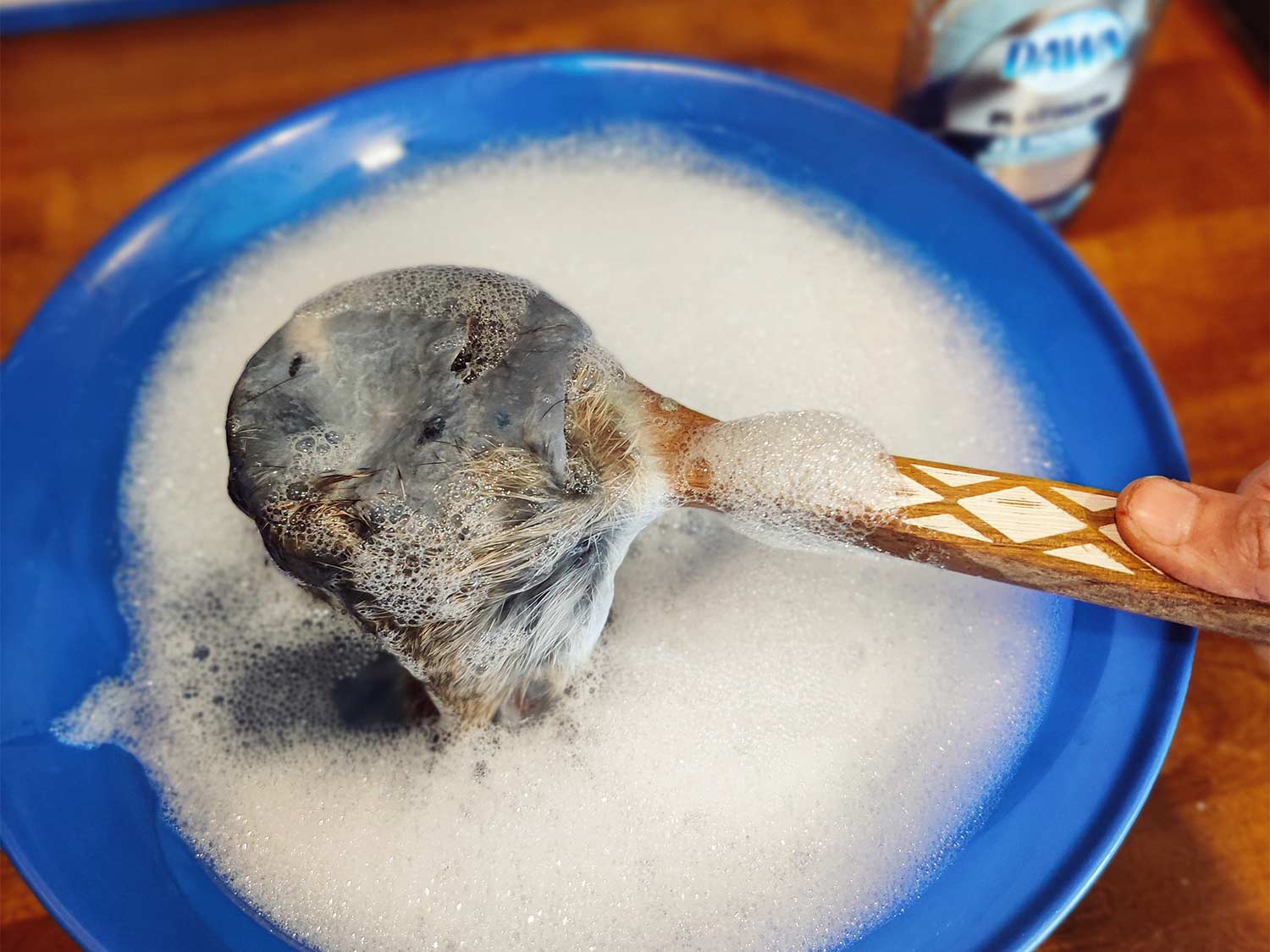
Step 3: Soap
In another clean bowl or bucket, add enough room temperature water to submerge the hide completely.
Add a healthy dose of dish soap (I used roughly half of a bottle). Again, measurements aren’t extremely important, you just want a strong ratio of soap to water.
Using a large wooden spoon or your hands, gently stir the hide in the soap and water. I started with a spoon and found it easier to use my hands. Be careful not to stir too vigorously, as this will make any holes in the hide even bigger.
Keep stirring the hide until the skin side starts turning white. Once all areas have gone from translucent to white, you’re going to test a small piece.
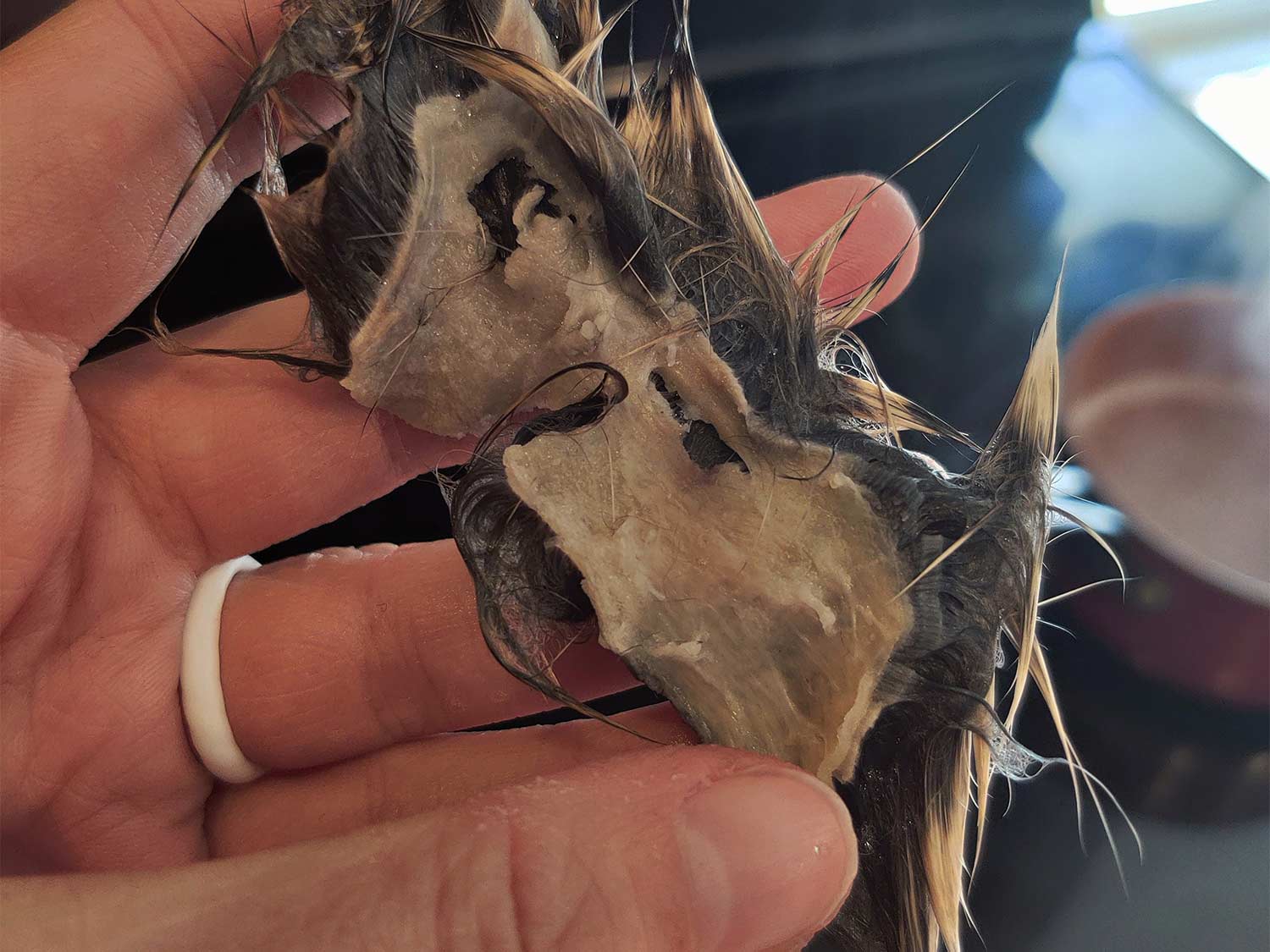
Do this by bringing a small pot of water to a boil. Trim a small piece of the rabbit hide that’s roughly 2- x ½-inch. (This is a great way to use a ragged edge that you want to trim off to fix the shape.)
Drop it into the pot of boiling water and leave it for approximately 30 seconds. Then use tongs to remove the hide and let it rest on a towel for a second. If the hide curls and is stiff, add more soap to your soap and water solution, and continue stirring. If the hide comes out of the boiling water and is still soft and pliable, your soap tan is complete.
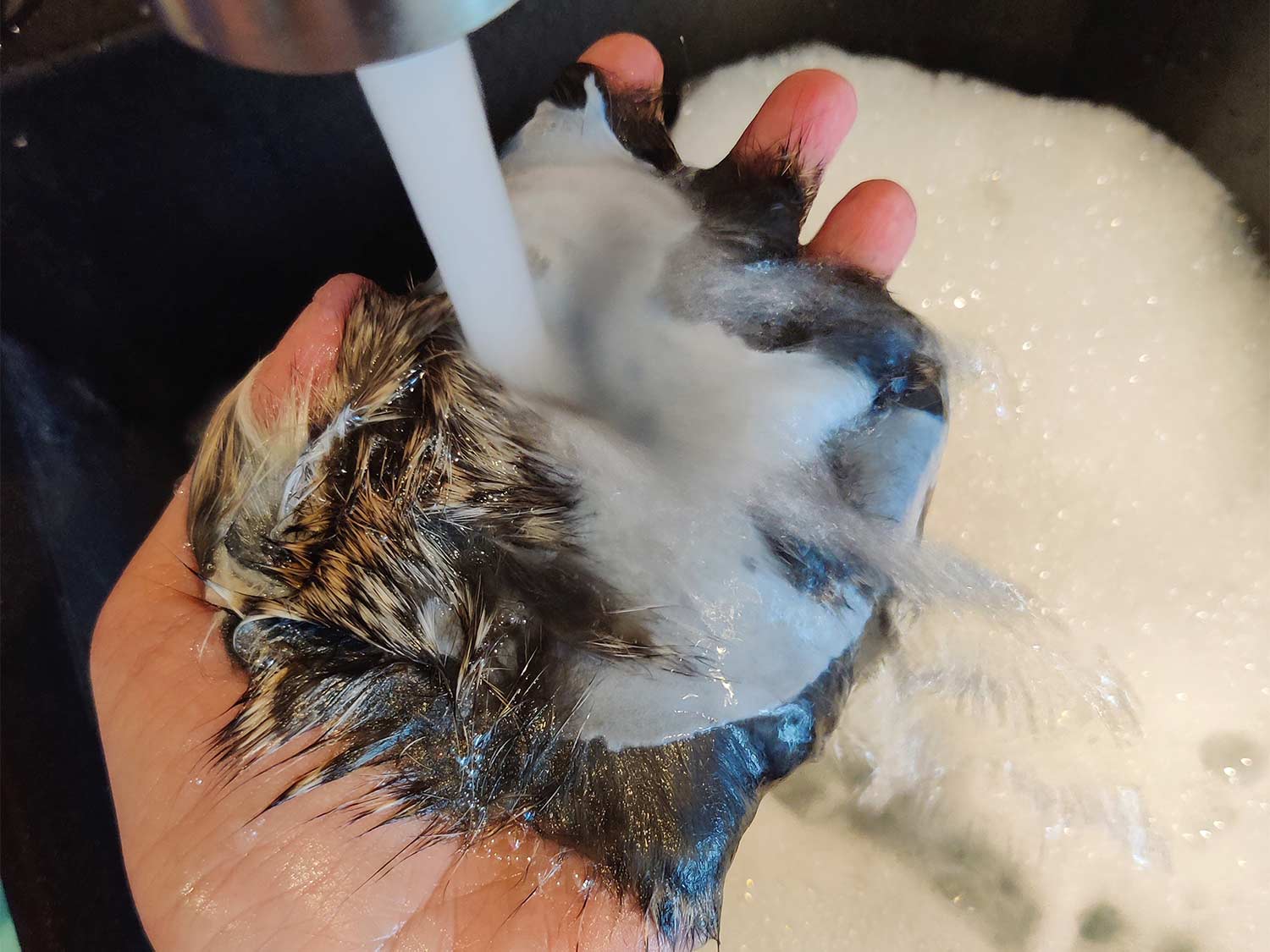
Step 4: Wash
Take your hide out of the soap and water solution, and run it under room-temperature water until all the soap is gone. Gently squeeze the hide to remove as much excess water as possible.
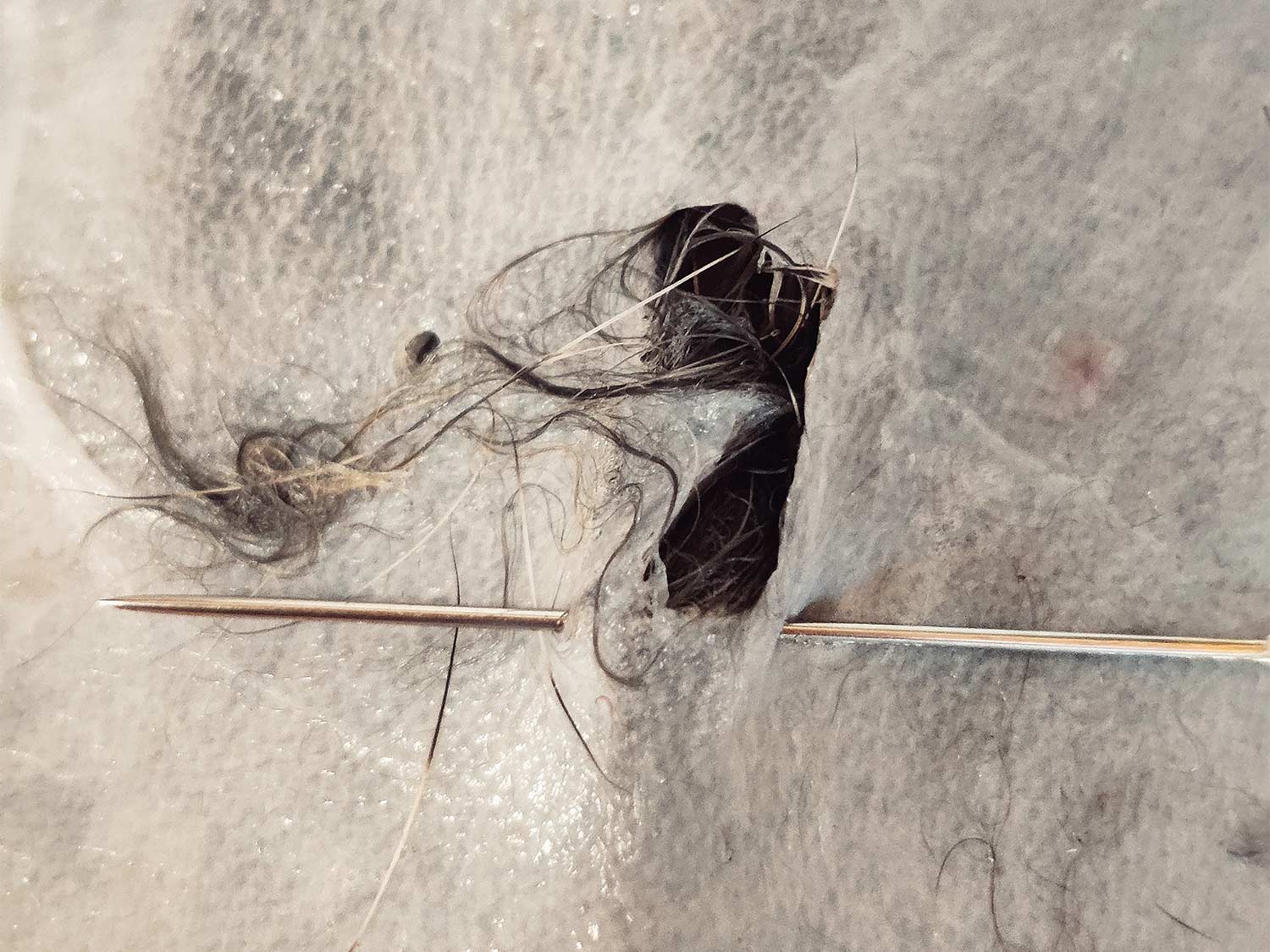
Step 5: Sew and Trim
At this point, you’ll be able to trim the edges of your hide if you so choose. You’ll also want to sew any holes in the hide.
Cut a piece of thread about a foot long. Make a small knot in the one end of your thread, and thread the opposite end through your needle. You’ll want to use a simple whip stitch on the skin side to close the holes. Keep your stitches snug, but not so tight that the skin puckers. The edges of the hole should touch, but not overlap. This will result in smooth fur on the opposite side, with no lumps and bumps.
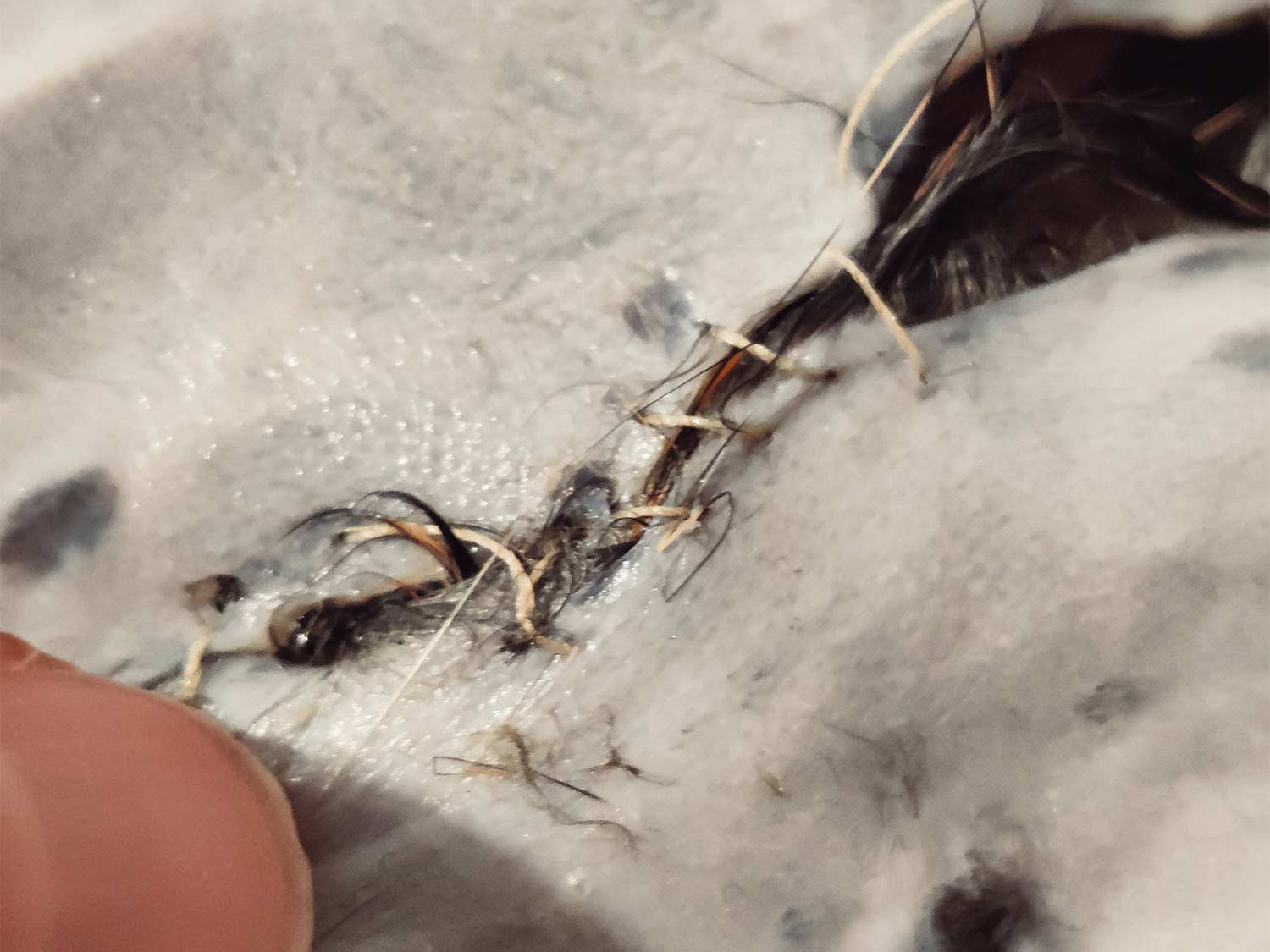
Step 6: Dry
This is the longest part of the process. It took roughly 24 hours for the rabbit hide to dry completely. You’ll want to keep it in a dry area, away from pets and make sure no mice or rodents can get to it.
Hanging it on a hook or draping it over a rack so air can get to both the skin and fur side will ensure even drying. The hide will probably shrink a bit as it dries, but this is normal.
Step 7: Soften
You can soften the hide during the drying process, or after. Trying to stretch a rabbit hide just rips it in half, so simply folding it and rolling it into a ball is the easiest way to soften the hide and make it more supple. If you skip this step, however, your hide will still be extremely easy to work with if you are going to use it for a sewing project.
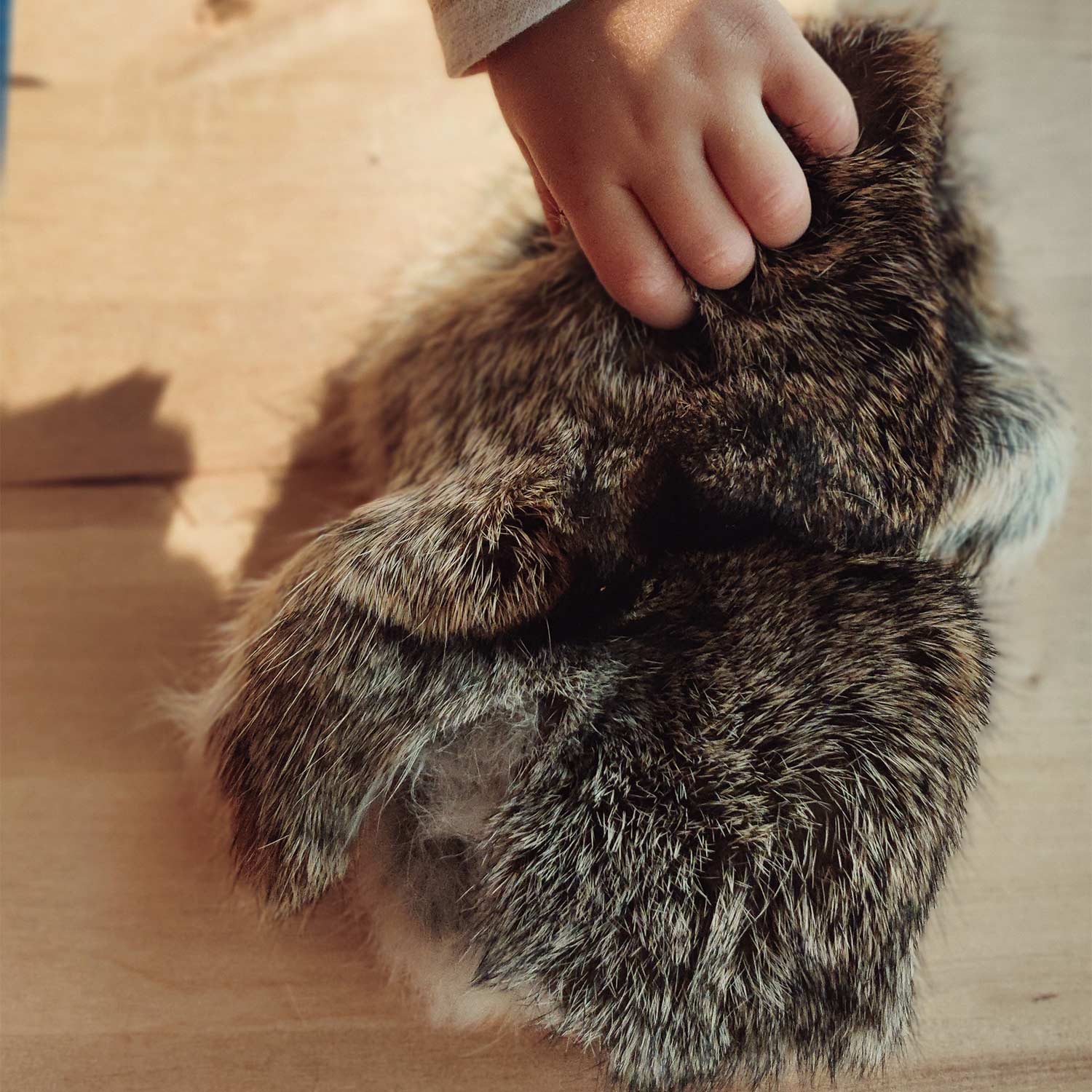
Step 8: Smoking (Optional)
The final step to tanning many hides is to smoke the hide over smoldering coals. Wet hides tend to dry stiff, even if they’ve been worked really well, and the smoke essentially “finishes” the hide in case it were ever to get water on it.
I chose to skip this step, as I plan on making a blanket once I have enough pelts, and it’s fairly unlikely that the blanket will ever get wet. On top of that, rabbit hides are so thin that even if they were to stiffen, they would still be very pliable.
If you do choose to smoke your rabbit hide, it only takes about 30 minutes. Keep in mind that smoking will change the color of the hide.
Read Next: Hunting Rabbits is the Perfect Cure for Winter Cabin Fever
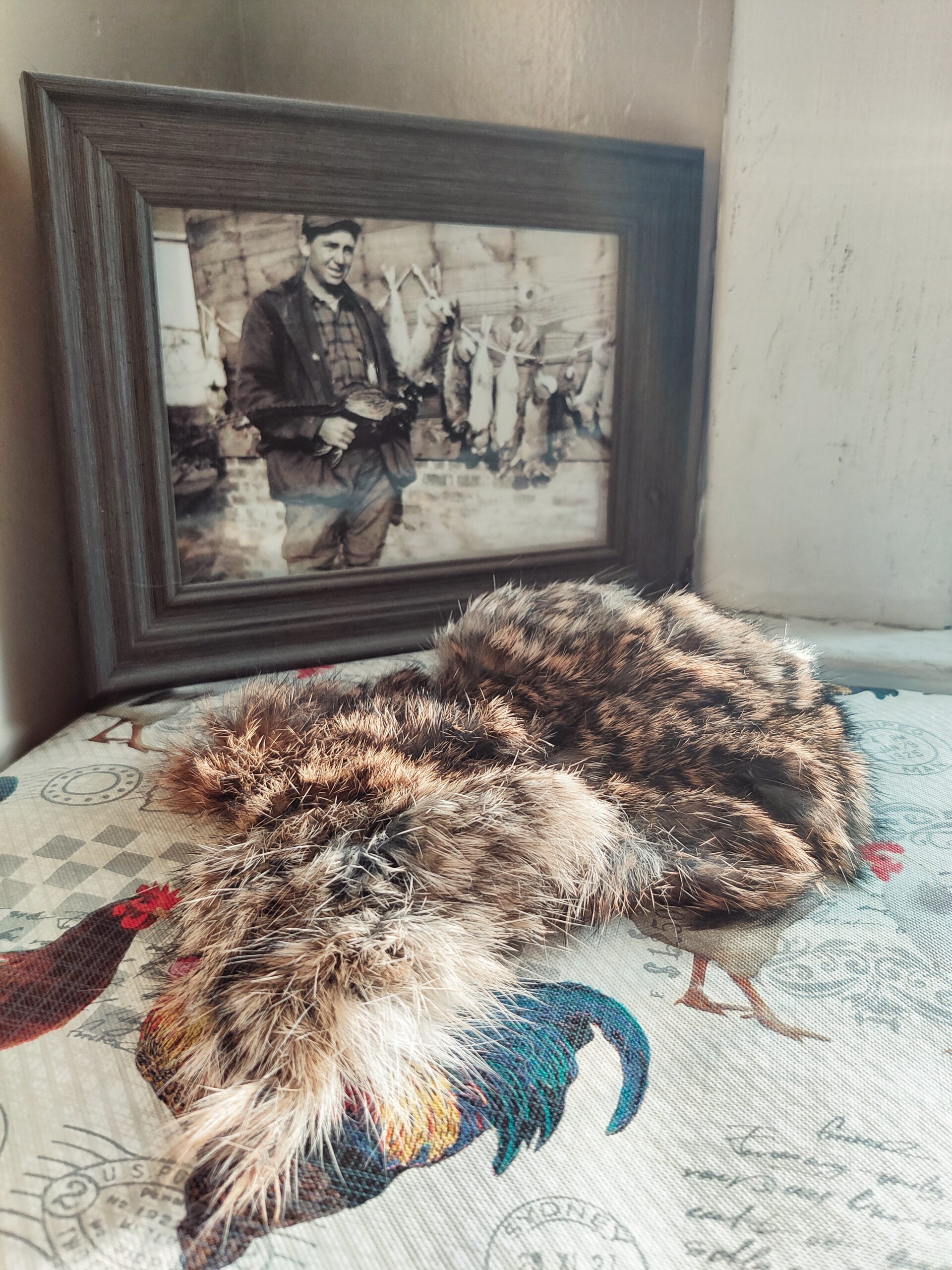
Step 9: Make Something
Decide what you want to do with the hide. The possibilities are endless, whether you choose to display the hide on an end table, create fur trim on a garment, or save a dozen to create a pillow or blanket.

